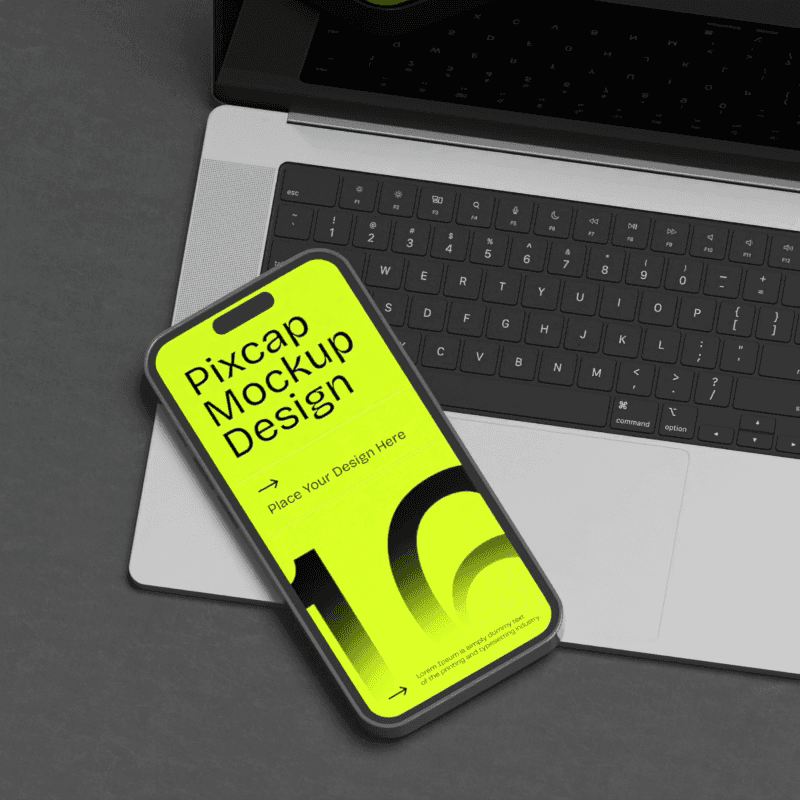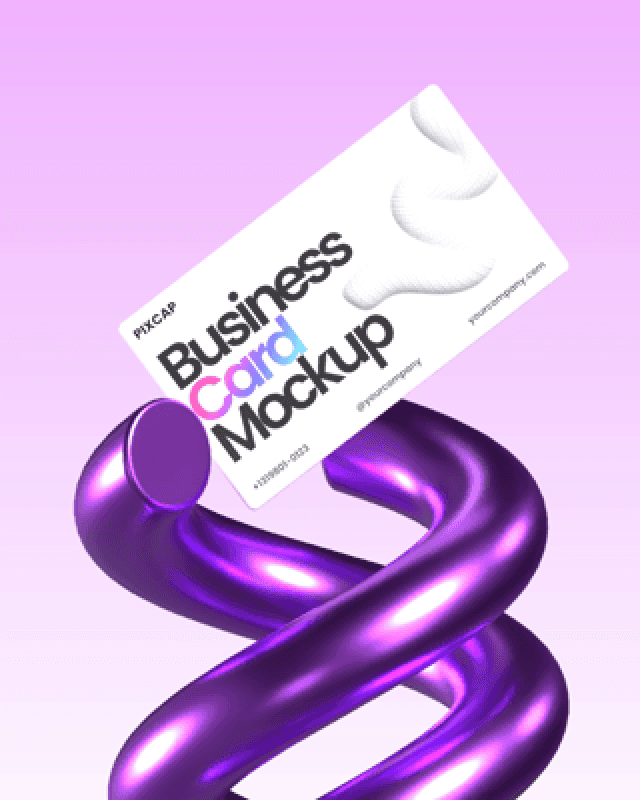Creating a design brief is a crucial first step in ensuring your design project is a success. A well-crafted design brief acts as a roadmap, clearly outlining the objectives, scope, and expectations for your project.
Design briefs are essential in guiding design projects, providing clarity on project goals and deliverables, and aligning all stakeholders on project expectations. It bridges the gap between clients and designers, making sure that both parties have a mutual understanding of the project’s goals and requirements.
In this comprehensive guide, we will walk you through the steps to create an effective design brief. Additionally, we’ve provided free templates to help you get started, streamlining the process and ensuring no important details are overlooked.
Whether you’re a business owner, marketer, or designer, this guide will equip you with the tools needed to communicate your vision clearly and efficiently.
What Is a Design Brief?
A design brief is a document that outlines the objectives, goals, and requirements of a design project. It serves as a guide for designers to understand what their clients want and need from the final product.
While a design brief focuses on the specifics of the design project, a creative brief emphasizes the collaborative aspect, aligning with the person making the request, and includes elements like brand messaging, tone of voice, and target audience.
A well-written design brief should include information such as:
Project background and context
Target audience and market
Brand guidelines (if applicable)
Scope and deliverables
Timeline and budget
Specific design preferences or requirements
Why Is a Design Brief Important?
A well-crafted project brief is essential for guiding the design creation process efficiently. It serves as the source of truth for the project and guides the design team’s overall direction.
By clearly defining the project’s objectives and constraints, a design brief ensures that all stakeholders are aligned and working towards a common goal. This alignment helps to minimize misunderstandings and revisions, saving both time and resources.
Furthermore, a comprehensive design brief provides a reference point throughout the project, aiding in decision-making and keeping the project on track. Overall, it is an invaluable tool that contributes to a successful design project and the smooth execution of any design initiative.
Defining Your Design Project
This step is crucial as it sets the foundation for the rest of the project. Defining your design project involves identifying and clarifying key details:
Understanding the Project Scope
To start, it’s crucial to define the needed work, including project details. Outline objectives, project deliverables, timelines, and any specific requirements. This comprehensive description helps both parties understand expectations, minimizing misunderstandings and keeping the project on track.
Both parties should agree on the project scope and document it in the design brief. This serves as a blueprint, detailing goals, target audience, design preferences, and other critical information. A well-crafted design brief ensures everyone is aligned and working towards the same vision, leading to a successful outcome.
Identifying the Target Audience
Understanding the target audience is essential for any successful marketing design strategy. Start by building a detailed persona of your ideal customer, capturing their behaviors, preferences, and needs.
Focus on key demographic traits like age, gender, and education. Also, consider psychographic characteristics like interests, values, and lifestyle choices. By deeply understanding your audience's challenges, you can create a design that resonates with them.
Researching the Competition
Understanding the competitive landscape is crucial for any design project. Analyzing competitors helps identify gaps, opportunities, and trends to inform your design choices. This ensures your product is unique and stands out in the market.
Conducting usability testing with competitive products provides valuable insights into what works and what doesn't. Observing user interactions with competitors' products can highlight potential improvements and innovations to enhance your own project's user experience.
How to Write a Design Brief
Now that you have a clear understanding of your target audience and competitive landscape, it’s time to put together a design brief.
Project Overview and Objectives
Start by providing a clear and concise description of the project, outlining its purpose and overall goals. This will help everyone involved understand the direction and importance of the project, ensuring that all team members are on the same page. Highlight the key objectives and any critical information that might impact the project’s success.
The project manager collaborates with the project lead to outline key project details and works with different teams to fill any gaps in the design brief.
Next, align on what you aim to achieve with the new design. Discuss the desired outcomes and how the design will support these goals. Engage with stakeholders to gather their insights and expectations, ensuring that the design aligns with broader business strategies. This collaborative approach will foster a shared vision and facilitate smoother execution.
Design Goals and Key Performance Indicators (KPIs)
What are you hoping to achieve with this design? Is it to increase brand awareness, improve user experience on a website, or launch a new product? Clearly define your overall goals by focusing on the primary and secondary objectives that align with your strategic vision.
Your design goals may include improving user engagement, boosting conversion rates, simplifying navigation, or enhancing aesthetic appeal; whatever they are, make sure they are clearly articulated.
Set SMART Objectives: SMART stands for Specific, Measurable, Achievable, Relevant, and Time-Bound. Your objectives should be clear and quantifiable metrics for reaching your goals. For example:
Specific: Increase user registration by 20% through intuitive and compelling sign-up processes.
Measurable: Track user registration rates via analytics tools to measure progress towards the goal.
Achievable: Ensure the objective is realistic with available resources and time constraints.
Relevant: Align the registration increase with broader business aims such as growing the user base.
Time-Bound: Set a specific timeframe, such as achieving the 20% increase within six months.
These SMART objectives will provide a clear roadmap, against which you can measure progress and make adjustments as needed to stay on track toward your overarching goals.
Budget and Timeline
Setting a realistic project timeline is crucial. This project timeline should include specific deadlines for the various stages of the design process, ensuring both you and the designer are aligned. By breaking the project into manageable phases, you can monitor progress more effectively and make necessary adjustments promptly.
Specifying your project budget is equally important. A clear project budget helps the designer understand financial constraints, allowing them to propose solutions within your resources. This transparency fosters collaboration, as the designer can tailor their approach to meet your needs without compromising quality.
Additional Information
Include any existing branding guidelines or style preferences. This could be a brand style guide, logos, color palettes, graphic design fonts and design elements that represent your brand identity. The more detailed the information, the better we can tailor the project to meet your needs.
Provide relevant background information or inspiration for the project. Understanding the context and goals of your project is crucial. Whether it’s the history of your brand, the target audience, or the message you want to convey, every detail helps in crafting a resonant design. Sharing examples of designs you like or dislike can also be extremely helpful, giving us a clearer picture of your vision and ensuring we meet your expectations.
Reviewing and Refining Your Brief
Before finalizing the design brief, conduct a thorough review to ensure it's complete and accurate. Cross-reference the brief with your initial project goals and requirements. Include all necessary details such as budget, timeline, design expectations, and branding guidelines. This check can help identify any missing elements or inconsistencies.
Seek feedback from stakeholders and the design team. Stakeholders can provide insights into strategic objectives and organizational priorities, while the design team can offer practical perspectives on feasibility and improvements. Their input helps refine the brief, making it more robust and actionable.
Getting Approval and Buy-In
Before starting the design project, it is essential to get approval and buy-in from all stakeholders. Ensuring that everyone is on the same page and agrees on the project scope, goals, and timeline will facilitate a smoother execution process.
Hold a kickoff meeting to present the project plan, including the budget, deadlines, and any existing branding guidelines or style preferences. Encourage open discussion and feedback to address any concerns or adjustments needed before moving forward.
Best Practices for Writing a Design Brief
Keeping it Concise and Focused
A design brief should be clear, concise, and focused. Avoid vague or ambiguous language and stick to the essential details that will guide the design process. Too much information can overwhelm the designer and lead to misinterpretation or confusion.
Including Visual Aids
Visual aids such as mood boards, color palettes, or sketches can help communicate your vision more effectively. They provide a visual reference for the designer to understand your preferences and expectations accurately.
Providing Room for Creativity
While it's crucial to clearly outline your project requirements, it's also important to leave room for creativity. Designers are trained professionals who bring their unique creative ideas to the table. Allowing for some flexibility and creativity in the design process can lead to more innovative and impactful results.
Setting Realistic Expectations
It's essential to set realistic expectations when writing a design brief. Understand that the designer may face limitations such as budget constraints or technical limitations. Be open to feedback and suggestions from the designer, as they have expertise in what is achievable within the given parameters.
Ensuring Clarity and Consistency
Consistency is key in any design project, so make sure your design brief is clear and consistent throughout. This includes using consistent terminology, providing all necessary details, and avoiding contradictory information.
Collaborating with Your Team and Stakeholders
Collaborate with different teams to fill gaps in the design brief. Use a document-sharing tool like Google Docs or Notion to facilitate collaboration and ensure everyone has the latest version.
These tools allow multiple stakeholders to provide input simultaneously, making it easier to incorporate diverse perspectives and expertise into the brief. Regularly update the document to reflect any changes or new insights, and encourage team members to leave comments and suggestions.
Free Design Brief Template
If you're struggling to get started on your design brief, we have a few free templates for you:
I. Project Overview
Goal(s)
Problem Statement (What problems are you trying to solve?)
Project Summary (Describe the project from a high level)
II. Project Details
Audience (Who are we talking to?)
Deliverables (Be as concrete as possible and tag your teammates responsible for deliverables)
Timeline
Stakeholders
Budget
Conclusion
A design brief is a critical document that sets the foundation for a successful project. By following these guidelines and using our free template, you can ensure your design brief is thorough, clear, and collaborative.
Remember to regularly update the brief as needed and communicate with your team and stakeholders throughout the design process. With a solid design brief in hand, you are well on your way to creating an effective and impactful design solution. So keep refining it till you reach perfection!














